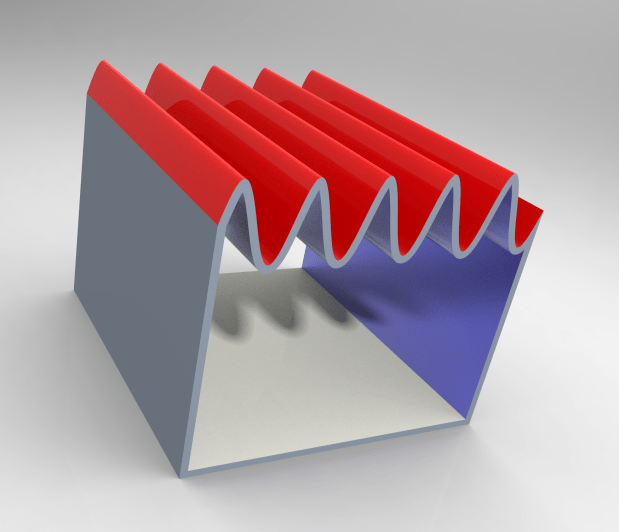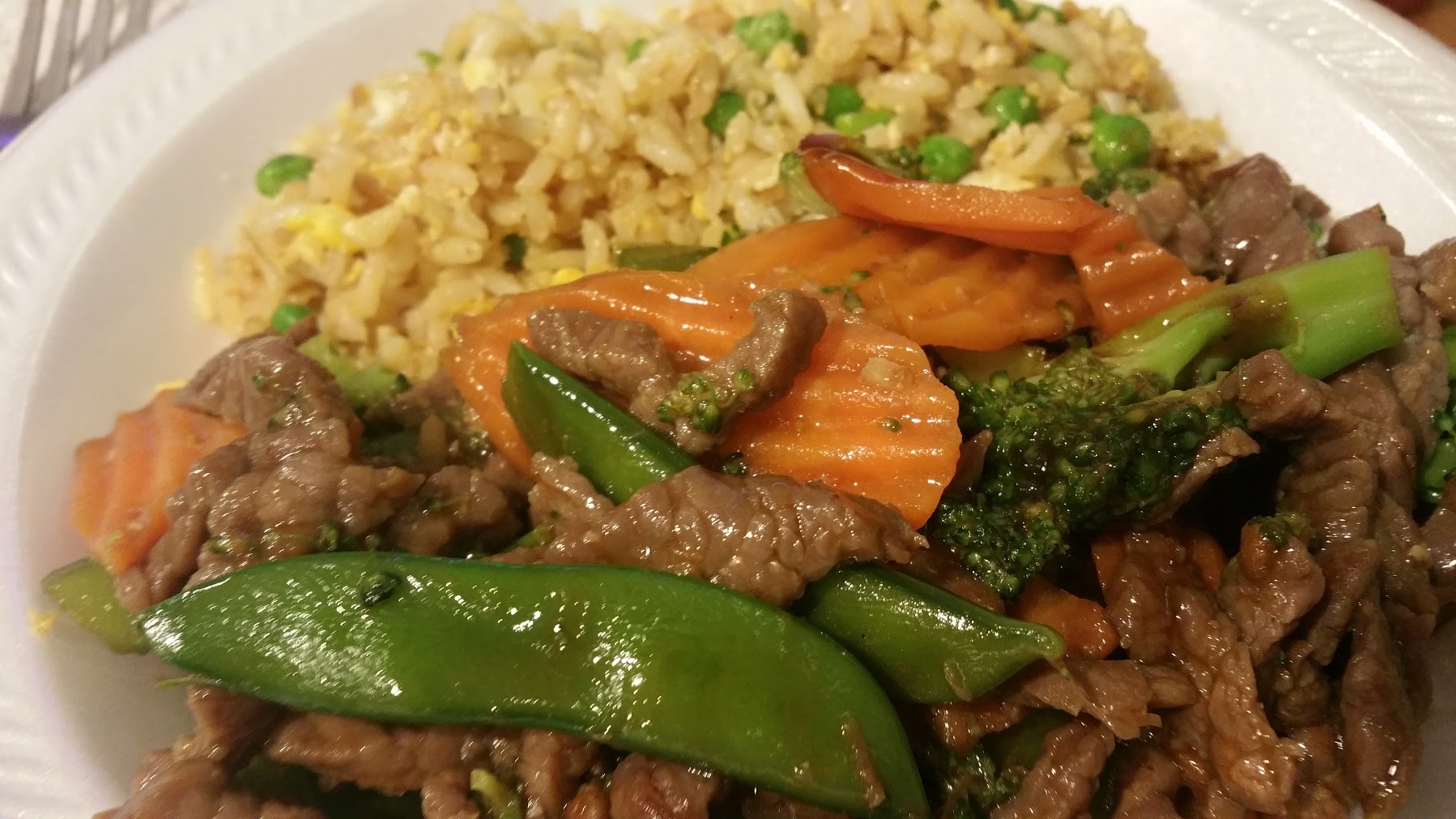“For me, the need for Unicode first struck about 12 years ago [1985]. While I had done some internationalization while working in Europe, I hadn’t worked on any of the more interesting scripts. Two programmers, Ken Krugler and I were working on a “skunkworks” project in Sapporo, Japan. Our goal was to produce the first Kanji Macintosh.
Working with our Japanese counterparts was made somewhat more challenging because of the translation issues. In the best of all possible worlds, we would all have spoken a common language. Second best would have been having a technically savvy translator, experienced with software engineering design and concepts. What we actually had was one, lone Apple marketing person, who happened to be bilingual.
Imagine yourself in that situation, having to discuss how to combine Huffman encoding and run-length encoding to compress Japanese input dictionaries. We soon learned the full impact of the phrase “to lose something in translation!”
But then our translator had to leave, and we were left with just vestiges of English on their side, and miniscule Japanese on ours. We then found out just how useful a white-board can be.
Yet one day we hit a stumbling block, and were just not making progress. We had known that Japanese needed two bytes to encompass the large character set, and we had prototyped how to adapt the system software to use two-byte characters. However, we were having trouble figuring out exactly how things fit together with our counterparts’ data formats.
Remember [that] we were new to this, so it didn’t hit us right away. But all of a sudden, we could see the light go on in both of our faces: we had assumed that the standard Shift-JIS character set was a uniform two-byte standard. We were so, so wrong. You needed a mixture of single and double bytes to represent even the most common text. Worse yet, some bytes could be both whole single byte-characters, and parts of double-byte characters. We weren’t in Kansas anymore!
We persevered, and ended up producing a successful product [Apple KanjiTalk]. But — although we kicked around different ideas for a radically new kind of character set — we never did anything with these ideas. That is, not until we heard about a proposal from colleagues at Xerox for such a new kind of character set, a character set originated by Joe Becker, a character set that he baptized ‘Unicode’.”
Mark Davis, President and Co-founder of the Unicode Standard and the Unicode Consortium:
Quoted from Keynote Address,“10 years of Unicode”
September 1997 Eleventh International Unicode Conference #11 (©Unicode, Inc. 1997)
http://www.unicode.org/history/earlyyears.html











